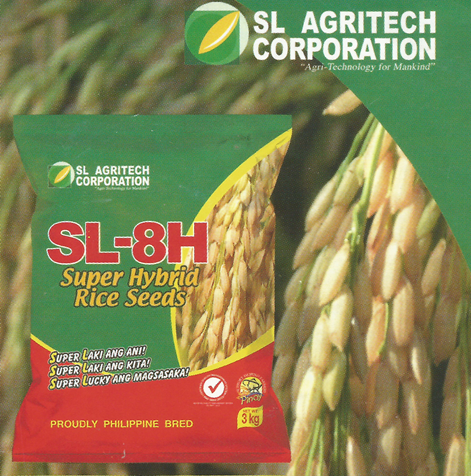
We are behind our PH farmers – and we are not rallying!
President of the national movement called InangLupa (Motherland) and Manila Times columnist William Dar has an urgent double call:
Let us rally behind our rice farmers.
And we should not waste time!
And we should not waste time!
Those are the main messages of Part 2 of his column on the subject, "Let Us Rally Behind Our Rice Farmers," that appears on the 11 April 2019 issue of the Manila Times online edition (manilatimes.net).
This is a call to arms, as the Implementing Rules & Regulations, IRR, for RA 11203 or the Rice Tariffication Act, was signed Friday last week yet. He says:
I must say that the signing of the IRR for RA 11203 should be the starting point for our government and the bureaucracy, the private sector, civil service groups, nongovernment organizations, the academe, and the scientific community to rally behind our smallholder rice farmers and the whole industry itself.
And why is that? We have to protect our rice farmers from the harsh competition of Asian rices – because PH rice is very expensive. Compare these costs of production of rice:
PH rice P12/kilo
Thai riceP8/kilo
Viet riceP6/kilo.
Thai rice
Viet rice
How can PH rice farmers compete with their extremely high cost of production, which is double that of Vietnam farmers!
So, Mr Dar is calling on everyone – government, private sector, civil service groups, nongovernment organizations, academe, and scientific community – to rally behind our poor rice farmers and the whole rice industry.
Mr Dar says:
While the projects and programs under RCEF should be the anchors to make the country’s rice industry competitive, let us also give importance to existing initiatives for the industry that are undertaken by the government, particularly the Department of Agriculture (DA) and the Department of Science and Technology (DoST), for our smallholder rice farmers.
As an agriculturist and a crusading writer myself, I am interested in those initiatives of the DA and DoST, among others, that focus on helping our rice farmers become competitive.
Meaning: Our rice farmers must reduce their cost of production drastically.
As I have already written, "It's the systems, stupid!" (08 April 2019, "SAKA Near UP Diliman As A Dual Study In Guerrilla Gardening & Journalism," blogspot.com). Systems, plural. To quote myself from there:
The production system:The inputs are expensive: hybrid seeds, chemical fertilizers and chemical pesticides. Modern agriculture has been designed in favor of the chemical companies, not the poor farmers.
The marketing system:It has always been rigged in favor of the middlemen and so, with farmers, we will always have the poor with us!
I forgot to mention the input of irrigation water. Mr Dar says, "Since rice cultivation is water intensive, addressing the issue of irrigation is of utmost importance and much needs to be done immediately." Yes. But while you the farmer are waiting for irrigation water, here is my simpler & faster advice:
Truly enrich your soil with organic matter and this will take care of the moisture needs of your crops, despite El Niño.517







